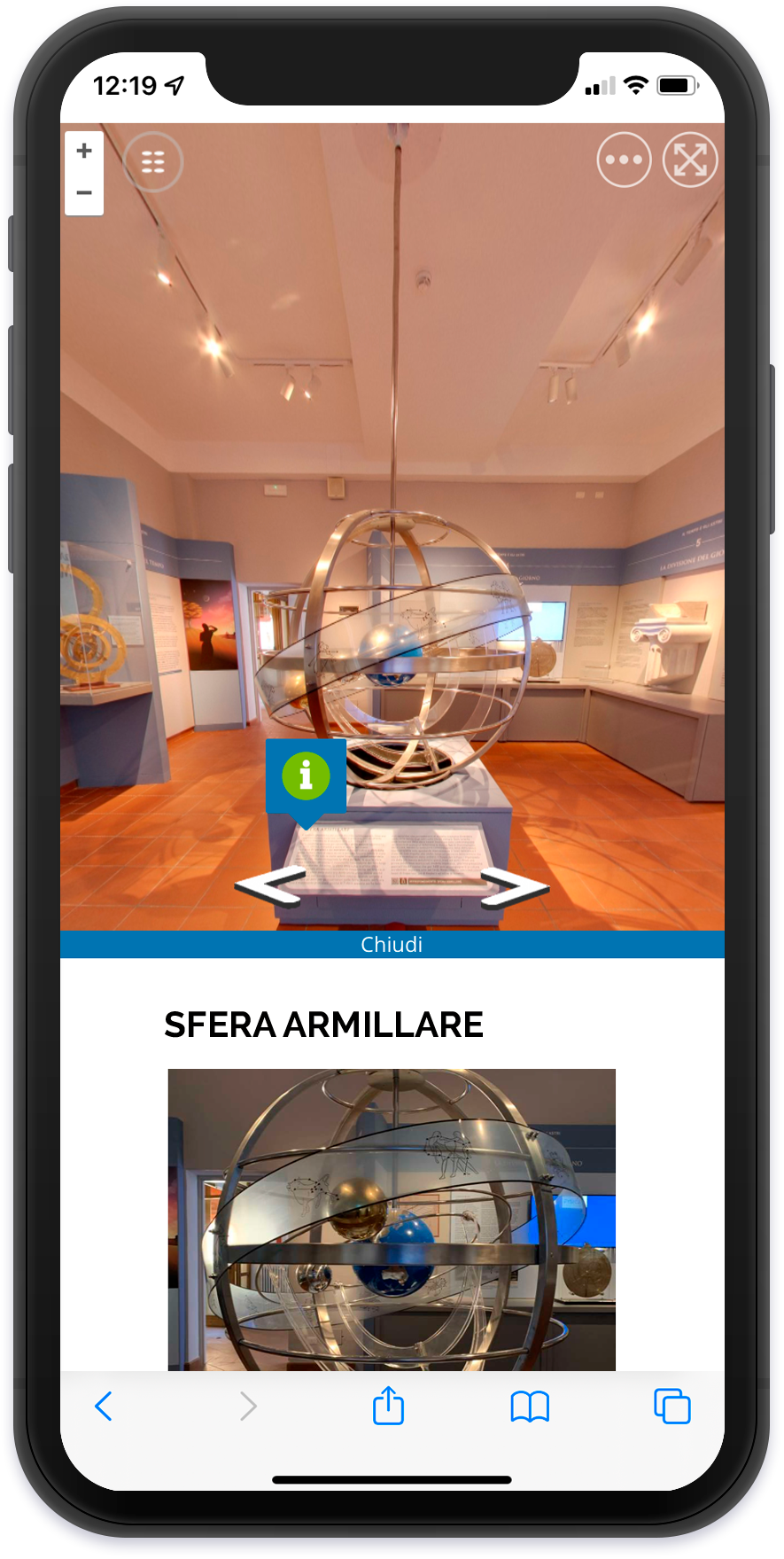Tourism and mobile: when discovery comes through the smartphone
19 May 2022
In the now – technologically speaking – distant 1994, the Jurassic of mobile telephony, IBM, managed to bring to the market its “Simon,” which can be considered in its own right the first smartphone in history, an important moment to give a start to the development of mobile applications that goes hand in hand with that of device technology: 2008, with Apple’s presentation of version 2.0 of its operating system, can be considered the year of consecration for the world of apps and mobile devices universally called smartphones.
It was closely followed by Google, which launched in the same year the brand new HTC Dream with Android operating system correlated with Android Market. It was a move that totally revolutionized the way people approached cell phones and sent downloads soaring, for which Apple maintained the lead for a few years until it was joined and equaled by Android in 2013.
Since then, the claim “for everything there is an app” has never ceased to be confirmed.
It is known to all that only 12 years later, apps have become an integral part of our lives: not only because they make our existence easier, but also because they have generated a real need in users. Just think of the very recent “Immune” app that allowed us to monitor Covid infection infections and keep the necessary Green Pass on hand, or apps for government services all the way to social media and diaries that organize our hours by sending notifications, alerts and reminders that can allow us to keep even the chaotic days divided between home, family and friends in order.
Apps nowadays supplant multiple functions, trivially helping to locate sales in the nearest shopping mall, to choose home catering services, to travel with the help of a free navigator, and even to check for the presence or absence of jellyfish in the waters in front of the beach where we want to spend a few hours of relaxation.
In short, it is precisely because of the applications on our smartphones that we manage not to get lost among the myriad inputs and commitments that today’s reality demands.
Staying on the topic of Covid-19, we look at the ‘effect that various lockdowns have had on the experience of traveling to better explain the evolution and importance that some applications have taken on to enable “journeys of discovery and knowledge,” despite restrictions.
How have our habits actually changed? What role have applications played in addressing this imposed physical and experiential immobility?
Undeniably, in the past two years our travel-related habits, as well as our life habits, have changed. Tourist operators, trying to cope with this unprecedented crisis, have – and are – adopting methods not only to ensure a “safe” vacation that can comply with regulations related to social distancing and sanitization of spaces but also a promotion of the area that invites people to return to explore places and consequently to use the services related to them.
Tourism after all is nothing more than the experience of traveling to a place other than the domestic one we are used to.
Today we can say that, thanks to advanced technologies and the Internet, the experience can begin even before the trip: using immersive tools, such as virtual tours, to view the accommodation prior to booking, augmented or virtual reality to anticipate the museum experience, using Google Maps and Street View to visit the destination location, these and others are the actions that accompany a traveler prior to his or her experiential movement.
In addition, the experience is also determined by what happens in the post-travel, just think of the tourists who, once back home, buy online a product related to the visited location (to maintain the experiential nexus with the destination), and therefore for industry operators, offering food goods, clothing, but also merchandising or books about the visited locations can represent an added value of continuous engagement.
Also in the post-trip moment, the percentage of tourists who review their experience online is significant, and social in this then has a particular importance: while they are crucial for drawing inspiration, they are also widely used to share their experience during and after the trip.
Specifically, according to 2019 research by the Milan Polytechnic’s Digital Innovation in Tourism Observatory, 97 percent of Italian digital travelers inquire online before buying and 85 percent conclude at least one purchase (accommodation, transportation, activity or experiential service) online.
All activities put on standby during mandatory shutdown periods.

Digital communication around the destination has proven-and is proving-to play a crucial role in being able to hold the traveler’s attention at the tourism level. This aspect was also expressed clearly and with great vigor during the lockdowns, when multiple digital initiatives to keep the tourism proposal alive, albeit crippled. From contests to 360-degree online visit platforms to social initiatives to continue traveling “from the couch at home,” as well as campaigns by tourism boards and operators who, while waiting to resume their activities, have activated creative communication campaigns to stimulate the imagination of their Community by asking them to share proposals, suggestions and vacation ideas. One example was the virtual tours on the Dubai 360 platform in anticipation of the Expo, or as done by the city of Madrid, which in a video from the City Council’s Department of Tourism, posted on Visit Madrid’s social channels, promised to “come back invincible and stronger than ever,” all the while inviting people to discover the city’s main cultural sites and best views, green spaces and gastronomy through virtual tours posted on the official Instagram profile.
Switzerland, on the other hand, launched the motto “Dream Now-Depart Later” in its new immersive video inviting people to stay at home while waiting to travel among its cantons again.
Italian regions have actively participated in these initiatives, the case of Tuscany, which, with the hashtag #toscanadacasa, invited people to embark on virtual tours, visit local museums and experience recipes and games with a historical theme. In the post-Covid phase, it is still digital that can offer at the same time suggestions, information and security guarantees. Exemplary is the case of the La mia Liguria App, a tool for learning about Liguria’s tourism offerings, with more than 2,500 food and wine experiences and itineraries, multiple original contents about places and culture in continuous improvement mode, that is, progressively releasing new contents that also take into account users’ suggestions.
Supporting the tourism sector has also been one of the missions of governments as well as individual regions. In April 2020, the European Commission, led by the European Innovation Council (EIC), with the cooperation of member states, hosted EUvsVirus Matchathon, pan-European hackathon to connect civil society, innovators, partners and investors from across Europe engaged in developing innovative solutions in coronavirus-related challenges. Among the 117 finalists was a group of PoliMi students with the “it!” project, a digital platform with the aim of bringing together the different players in the tourism market so that they can deal with the post-pandemic crisis. The project consists of a “multi-sided” platform where all actors can work together: basically a website where private users can discover new places, activities, events, and the system will customize the trip for them by providing up-to-date information on precautionary measures taken to cope with Covid-19 by hotels, restaurants, and other attractions as well as official information channels and guidance on what to do when preparing for the trip.
Just coming out of this crisis, digital, interfaced by usable, high-tech apps, has shown that it can also foster the promotion of territories which in the past were outside the more traditional tourist circuits, and this is precisely because it allows for the construction of a narrative focused on promoting certain characteristics.
In the early 2020s, when there was nothing to foreshadow the spread of the pandemic, and growth forecasts for the Italian tourism sector as a whole were sharply on the rise, it was believed in any case that technological innovation in the sector would continue steadily, as already seen over the past two decades, with nothing likely to constitute a setback.
This is even more true today, since we are talking about revitalizing a heavily damaged sector for which digital can be, as we have seen, A way to also interpret and respond by anticipating the signs of change and the needs of tourists, who in a very short time shift according to needs and new trends.
Regions such asEmilia Romagna are underwriting several projects aimed at revitalizing regional museums, sponsoring technologies and associations that in synergy cooperate in order to make cultural services increasingly usable.
This is the case with Physics Experience, a section of the Sky and Earth Museum of San Giovanni in Persiceto, with the web app Physics Experience Mobile Tour, developed by Mango Mobile Agency for Lepida ScpA: an interactive interface designed for on-site and off-site visitors to delve into elements located in the museum and make unique cognitive paths in line with the individual visitor.



